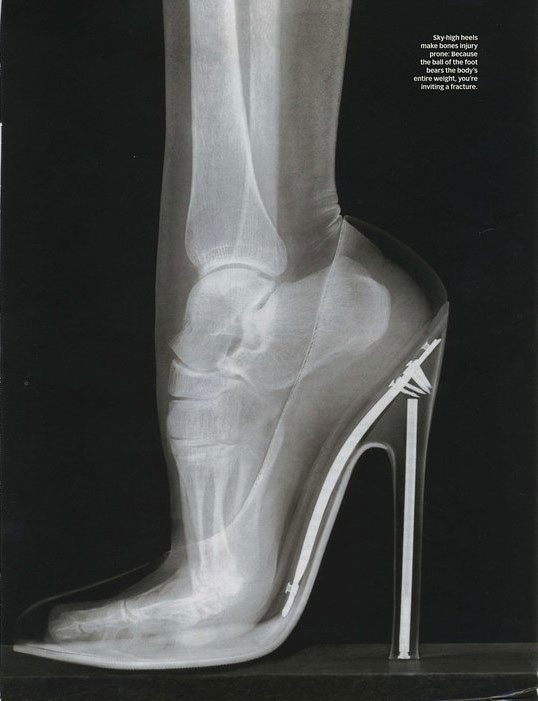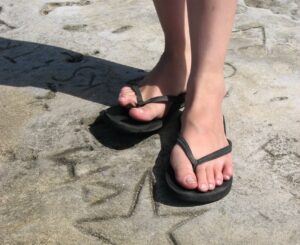Since there are so few Restorative Exercise Specialists in the world, and we’re spread out all over North America, Europe and Australia, we communicate primarily through Facebook. Although many of our discussions are about super nerdy technical stuff, the most popular topic, and the one that comes up again and again on the board, is definitely shoes. Shoes, shoes and more shoes.
We swap tips, experiences, information on sales, and any new brands that we’ve scoped out – because picking minimal footwear is much tougher than you’d expect, and gets expensive fast. It’s also a big decision from a health point of view, because what you wear on your feet makes a huge difference in your ability to get them happier and healthier. So we come back to it again and again, every season, and I thought I’d post this week in the hopes of helping you make your own better footwear choices.
If you want to move naturally, you need feet that are able to move naturally too. That means foot coverings that interfere as little as possible with the way your feet work (this applies to everyone – even people with flat feet or who wear orthotics – these are muscle-related issues and can be addressed with exercise and a very careful and gradual transition to minimal shoes. I’ll be talking flat feet in more detail in an upcoming post).
Here’s what to look for:
1. How much is the heel raised above the toes? Any amount of heel raise will mess up your entire body’s alignment. Can you say lower back pain? Pelvic floor issues? meh. Zero-drop is the term for the most nature-friendly choice.
2. How stiff are the soles? Inflexible soles prevent the foot from articulating as you walk over bumps in the ground, which means the small foot muscles atrophy and the joints stiffen.
3. How wide is the toe box? Almost all North American shoes aren’t actually shaped like feet – your toes are supposed to be wider than the ball of your foot. Squished toes are a big cause of bunions and nerve issues. Also if you have enough toe box, you can wear toe spacers all day – super bonus.
4. How well attached is the shoe? If it’s not stuck to you properly (aka flip-flops, slides and the like), your toe muscles are working double time to grip the shoe. Although that sounds potentially like a good thing, as we obviously want muscle use, it’s not the type of muscle use that will translate to a better health outcome. So get a shoe that attaches by itself, no toe gripping required.
5. It’s best to avoid toe spring as well. This is a strange addition to shoes by people who seem to have thought that toes like to fly in the air. It is a main cause of hammertoes.
So the ideal footwear is the shoe that interferes least with the foot’s natural mechanics – the same shape as your foot, flexible, no changes in height at the toe or the heel, and is solidly attached. But, and it’s a big but, your feet have probably spent so long in regular shoes that a quick transfer to minimal footwear is going to cause more harm than good.
Shop shoes at eBay.com and Get 2% Back on Items Paid by Paypal. Plus get up to 90% OFF eBay Daily Deals & Sale Events. Get it now!












0 Comment:
Post a Comment